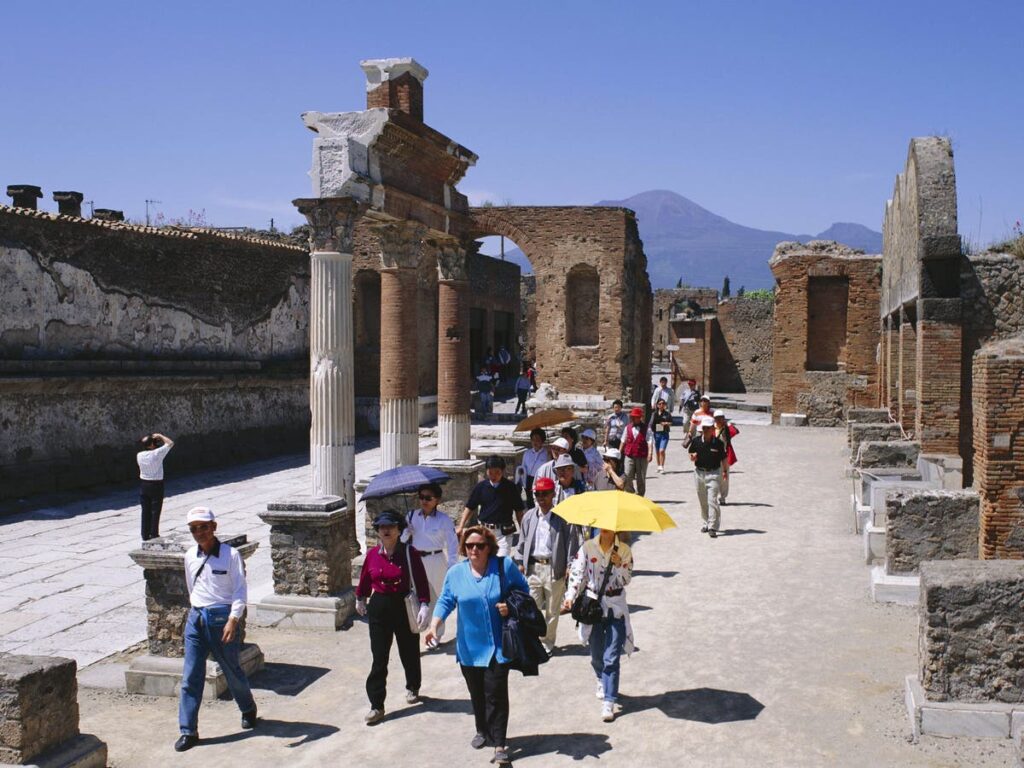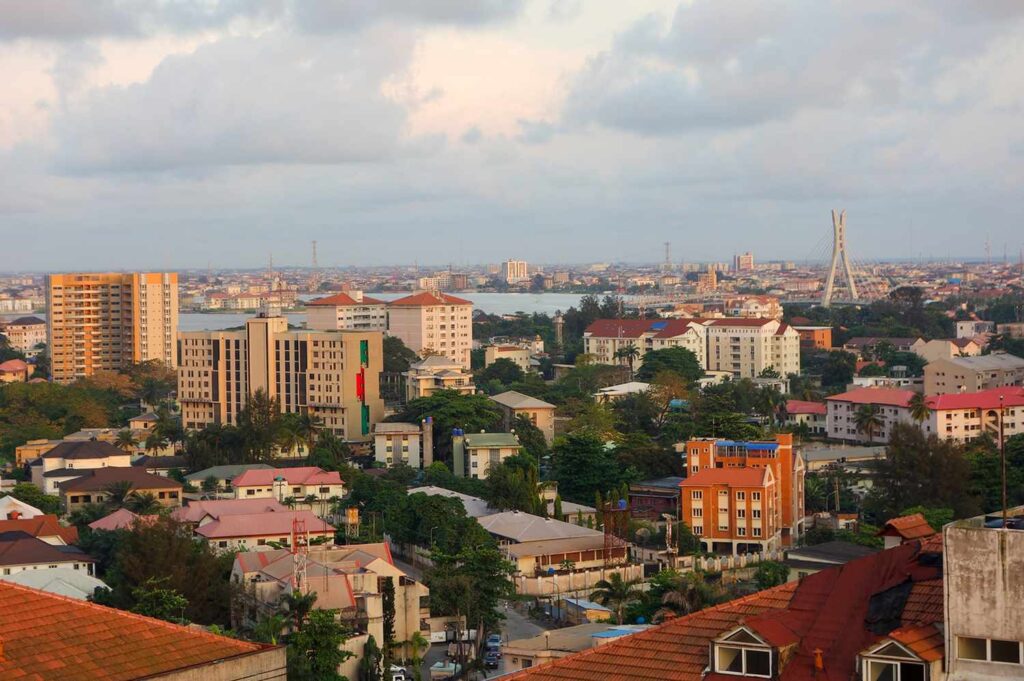
Your support helps us to tell the story
From reproductive rights to climate change to Big Tech, The Independent is on the ground when the story is developing. Whether it’s investigating the financials of Elon Musk’s pro-Trump PAC or producing our latest documentary, ‘The A Word’, which shines a light on the American women fighting for reproductive rights, we know how important it is to parse out the facts from the messaging.
At such a critical moment in US history, we need reporters on the ground. Your donation allows us to keep sending journalists to speak to both sides of the story.
The Independent is trusted by Americans across the entire political spectrum. And unlike many other quality news outlets, we choose not to lock Americans out of our reporting and analysis with paywalls. We believe quality journalism should be available to everyone, paid for by those who can afford it.
Your support makes all the difference.
One of Italy’s leading tourist attractions is set to join other sites in bringing in restrictions to curb over-tourism.
The Pompeii archaeological park plans to limit visitor numbers to 20,000 a day and introduce personalized tickets starting next week.
The move comes after what authorities called a record summer that saw over 4 million people visiting the world-famous remains of the ancient Roman city, buried under ash and rock following the eruption of Mount Vesuvius in 79 A.D.
On Friday it was revealed scientists have used ancient DNA collected from the casts that have been made to better understand the Pompeii residents and their origins. What they found alters history that’s been written since Pompeii’s rediscovery in the 1700s.
The park’s director Gabriel Zuchtriegel said visitors to the main archaeological site now exceed an average of 15,000 to 20,000 every day, and the new daily cap will prevent the numbers from surging further.
“We are working on a series of projects to lift the human pressure on the site, which could pose risks both for visitors and the heritage (that is) so unique and fragile,” Zuchtriegel said.
Starting Nov. 15 tickets to access the park will be personalized to include the full names of visitors. A maximum of 20,000 tickets will be released each day, with different time slots during the peak summer season.
The park’s management is also trying to attract more tourists to visit other ancient sites connected to Pompeii by a free shuttle bus under the “Greater Pompeii” project, including Stabia, Torre Annunziata and Boscoreale sites.
“The measures to manage flows and safety and the personalization of the visits are part of this strategy,” Zuchtriegel said.
“We are aiming for slow, sustainable, pleasant and non-mass tourism and above all widespread throughout the territory around the UNESCO site, which is full of cultural jewels to discover,” he added.
Post-pandemic, the influx of millions of visitors to tourist-strewn towns has, in some cases, risen to levels above those seen in 2019. Too much tourism threatens to disrupt residents and natural ecosystems, and contribute to transport pollution.
Over Italian sites targetting over-tourism include:
Venice
Venice has heeded Unesco warnings of “irreversible damage” to its historic centre and introduced an entry fee for daytrippers between 8.30am and 4pm in spring and summer. Day-tripping tourists will incur a €5 (£4.30) charge and be subject to a ticketing system as part of plans to tackle overtourism in the popular canal city flooded with 30 million visitors annually. The tax follows the Italian city’s decision to ban cruise ships from the centre in 2019 after an incident where a cruise liner hit a dock.
The canal city has also introduced new rules banning the use of loudspeakers and limiting tour group sizes to no more than 25 people.
Portofino
In Portofino, tourists lingering in viral Instagram spots to take selfies could be fined €275 (£242) for creating a dangerous situation. Implemented red zones or “no waiting” areas are intended to prevent traffic jams and congested pavements in the picturesque Italian Riviera town during peak season, April to October. Mayor of Portofino Matteo Viacava said tourists pausing to take pictures cause “anarchic chaos” and added in a statement to The Times: “The objective is not to make the place more exclusive but to allow everyone to enjoy our beauty.”
Capri
The island of Capri has proposed a barrier of buoys to stop boats from sailing too close to shore and prevent damage to its cove-filled coastline. Plans for a perimeter of 40 buoys 100m offshore for 3.7 miles around the Italian island’s western coast were put forward by the local council in July 2024. The mayor of Anacapri, Franco Cerrotta, said that the barrier would also protect children in swimming areas from dangerous encounters with boats.
Rome
Visitors to Rome may face severe fines or even bans at attractions in a crackdown on out-of-line tourist behaviour in the Italian capital. Since 2019 men are no longer allowed to go shirtless in public, “love padlocks” are forbidden from being attached to bridges and those caught snacking on messy foods around busy tourist attractions (specifically the Trevi Fountain), could also be fined. The regulations may also incur a warning from police patrolling attractions.
Sardinia
Travellers to Sardinia are warned against wandering on the inviting pink sands of Spiaggia Rosa at risk of a fine ranging from €500 (£428) up to €3,500 (£2,993). A stricter enforcement of the Budelli Island beach ban, first introduced over 30 years ago, stems from concerns that tourism poses a danger to the pink micro-organisms that live on the shore. In 2022, visitor numbers on five Sardinian beaches were capped at 60 and €3 per person, per day visitor fees were implemented in a bid to protect the island’s shores from litter.
Florence
In June, Florence banned the use of Airbnbs and short-term private holiday rentals in its historic city centre. The Unesco World Heritage Site is home to around 11,000 short-term private rental properties and housing stock in the area had depleted the availability of affordable housing for full-time residents.
Trentino Alto Adige
New rules limiting the number of overnight guests in Trentino Alto Adige could make it more difficult for holidaymakers to find accommodation in the Italian region’s areas of natural beauty including a famed glacial lake, Lago di Braies. The number of visitors staying in the area will be capped at 2019 levels in an effort to combat overtourism, top attractions including the Alpe di Siusi will require pre-registration and no new guest houses are permitted to open.
open image in galleryDay trippers to Venice will be charged €5 to enter the historic centre (Getty Images)open image in galleryRome’s rules prevent going topless, eating ‘messy’ food and leaving love padlocks (Getty Images/iStockphoto)


